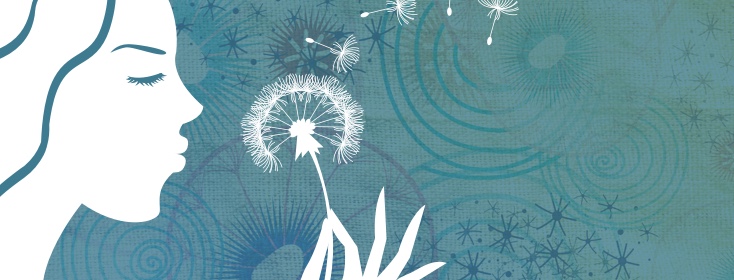Pursed-Lips Are Not Just for Kissing!
Many individuals with COPD experience shortness of breath, which can make them feel anxious and frightened. While there is no cure for COPD, there are ways to manage and control symptoms. The changes in the lungs that occur with COPD can cause the lungs to trap air and not fully empty when they exhale, we call this “air trapping”. Air trapping makes it difficult to breathe in “new air” because of the trapped air in the lungs.
Pursed-lip breathing
The diaphragm is the primary muscle that is used for breathing. Air trapping makes breathing more difficult because the diaphragm has to work a lot harder and as a result, the body begins to use the muscles in the neck, ribs, and stomach to help with breathing. There are medications that are used to help control shortness of breath but a breathing technique called pursed-lip breathing (PLB) can also help with these symptoms.
PLB helps to get rid of the “stale air” that is trapped in the lungs to make room for the “new air”. This is accomplished by exhaling slowly and for a long time. Pursed-lip breathing involves blowing out slowly through pursed lips similar to blowing bubbles.
The technique
The PLB technique is as follows:
- Inhale slowly through your nose.
- Purse your lips as if you are whistling.
- Exhale slowly as if you are blowing bubbles through a bubble wand.
- Remember that it should take longer for you to blow the air out than for you to breathe in.
Practice, practice, practice
Inhaling and counting, “1, 2” and then exhaling and counting, “1, 2, 3, 4” can help to keep you focused and maintain your timing. So many of my patients in pulmonary rehab shared with me how this technique really helped them to feel a sense of control over their breathing. One important point to remember, this technique takes practice! Do not be discouraged if you have not mastered it right away, it can take a few weeks of consistent practice before it begins to feel natural.
It’s a good idea to first practice while at rest and focus on the correct technique then use it with activity. Once this technique is mastered, it can really help with managing your shortness of breath!
Tip: If you are breathless after exerting yourself, stop, take a few pursed-lip breaths, focus on “new air in, stale air out” saying to yourself, “In for 2, Out for 4” and you may be surprised at the results!

Join the conversation